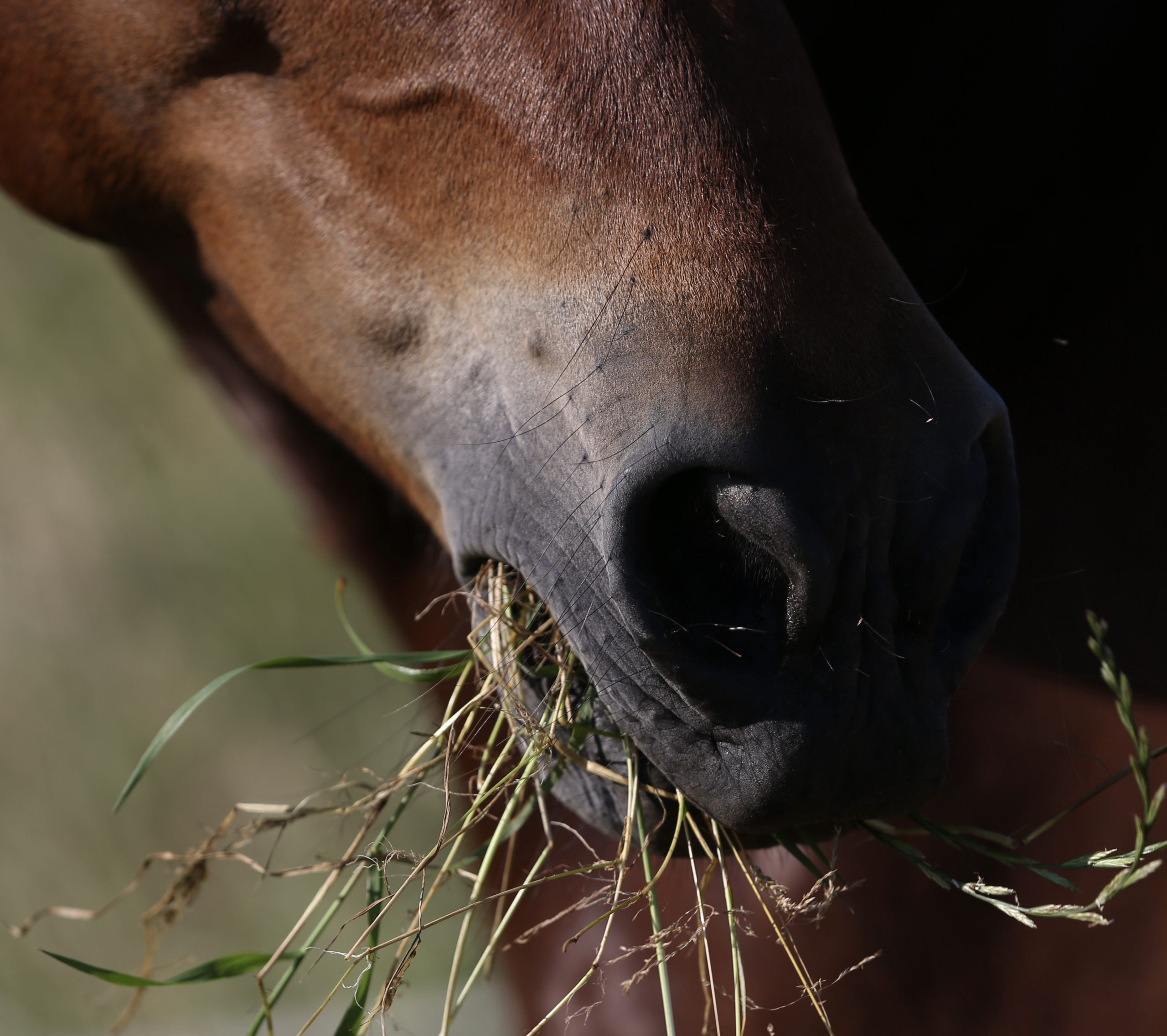Horse owners at a well-established, family-friendly livery yard in Derbyshire have teamed up with Redwings to share their experience of a strangles outbreak. They hope to help others avoid paying the financial, emotional and personal costs of a ‘truly devastating’ disease.
When three horses developed snotty noses in June 2022, High Moor Livery immediately stopped all horse movements and called their vet. It took more than seven months for the last pony to test clear so they could finally put the outbreak behind them. And they’re already taking steps to ensure that’s where it stays.
In total, 27 of the 62 horses living at High Moor last summer tested positive for strangles, several were seriously ill and tragically four of those horses lost their lives, including Teddy (pictured above with his teenage owner Evie).
Also lost was young Welsh mare Fifi. “I had to tell my three-year-old that her first pony had died” recalls Alisha after they watched Fifi battling the infection for weeks before becoming so thin, sick and weak she could barely stand, and Alisha and vet Alex agreed there was nothing more they could do. “She had loads of character” says Alisha, “She fought so hard for so long, but there was nothing left. It broke my heart.”
Watch the liveries of High Moor share their story here…
Another pony, Martha, developed the severe immune-related condition purpura haemorraghica, most seen as a complication associated with strangles infection. The severity of her symptoms led to skin peeling away from her lower legs requiring intensive treatment and nursing care.
Kate is the owner of two horses at High Moor. “When we first had the diagnosis one owner who had seen strangles before told me we’d be locked down for months” she says. “I thought she was exaggerating. She wasn’t.
“We used the traffic light system and everyone was temperature checking twice daily for months. It was the best way to try and stop the disease spreading. Any horse with a fever was immediately moved into the red zone so they didn’t pass the bacteria to an uninfected horse. We got through a lot of thermometers!”
Read more on this news here




